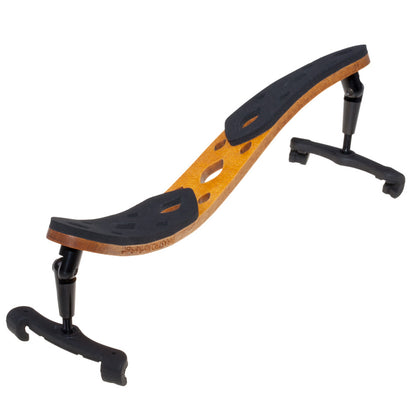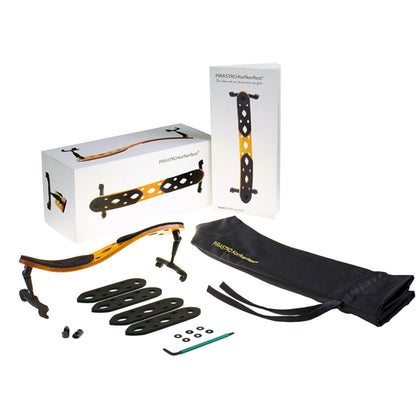News
A guide to playing the correct size cello
Following on from our violin and viola sizing guide, we've put together this guide on how to check if you or your child are playing the correct size cello.
In the video below our cellist d'Artagnan talks through the steps to ensuring you are in the best playing position, before outlining a few simple measures to finding the correct size of instrument.
As with our violin and viola size guide, we always recommend checking your size with your teacher first, as many teachers will have different sizing preferences. The below video and key points are how we size players when they visit our showroom.
Ok, first things first, playing position.
When attempting to achieve the correct playing position, remember that it's all in the chair.
Make sure your knees are below your hips with your legs slanted down, and that your feet are flat on the ground for a solid and comfortable base. If you don't have the right size chair then you can use textbooks (old phone books are great as well) to prop you up to the right height.
Now, seated in the correct position, you can go about checking the size of your cello.
- Determine the right endpin length with these three check points: we are looking to extend the endpin so that the curve on the lower bout of the cello is sitting on the player's thigh, the upper bout should then be in contact with the player's sternum and the C peg should be sitting just below the ear. If you can't get all three of these check points to line up, then this means you are playing a cello that is too big or too small. (Watch the video for what it looks like to be playing a cello that is too small).
- Bow test: ensuring you have the right size bow for the cello, place it on the A string at the heel of the bow and then draw the bow all the way along the string to the tip. The arm should be only slightly bent when the bow reaches the tip. If the arm is fully extended, then the cello and bow are too big, and if the arm is very bent, then the cello and bow are too small.
- Standing test: the last check we perform is the standing test. Here the player should keep the endpin extended at the length determined in step one and then stand up next to the cello. The player should be taller than the cello in this position. If they are smaller than the cello then it's likely the cello will be too big for them and handling the cello will be an issue. The player should be comfortable moving the cello around, packing it up, and of course, taking it to lessons!
As always, we hope you find these tips useful. If you are unsure about the size of your cello, or that of your child's, then please don't hesitate to drop into our showroom or give us a call on 03 8802 7905.
Happy playing!





